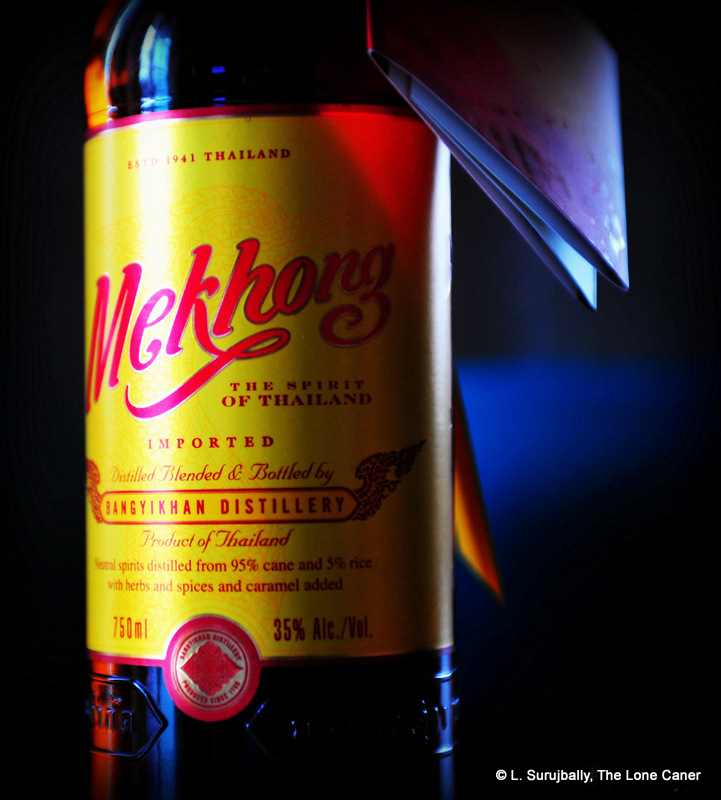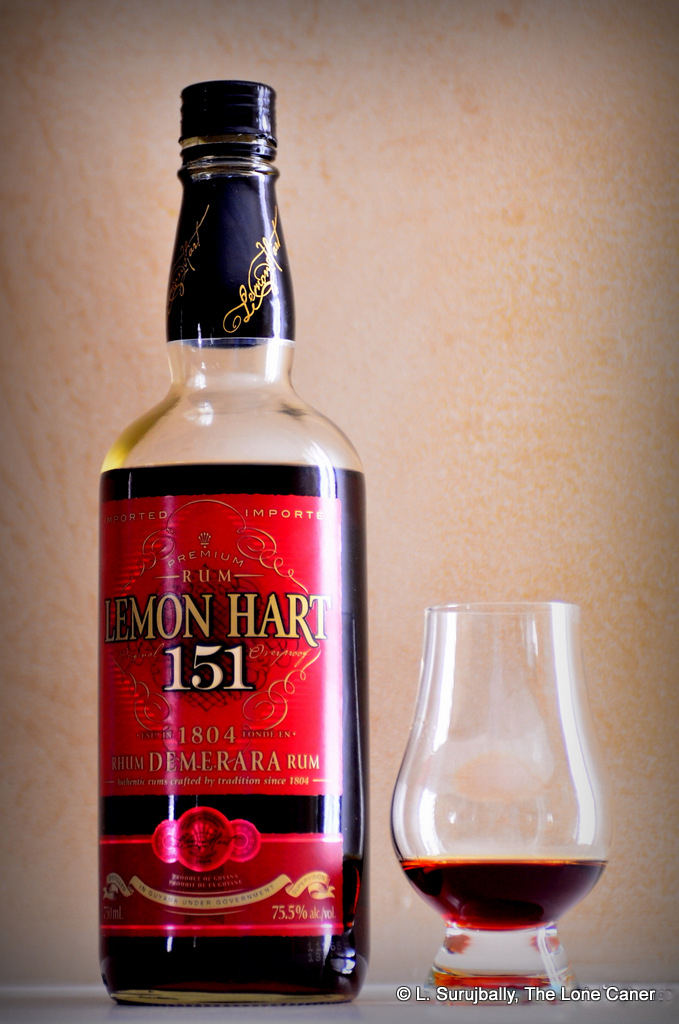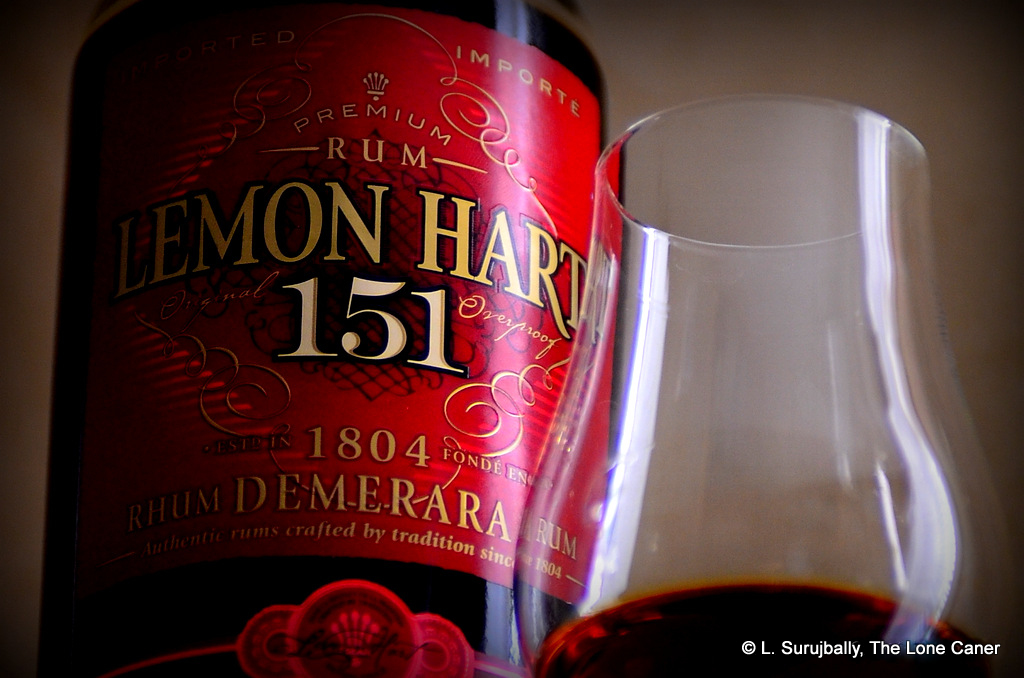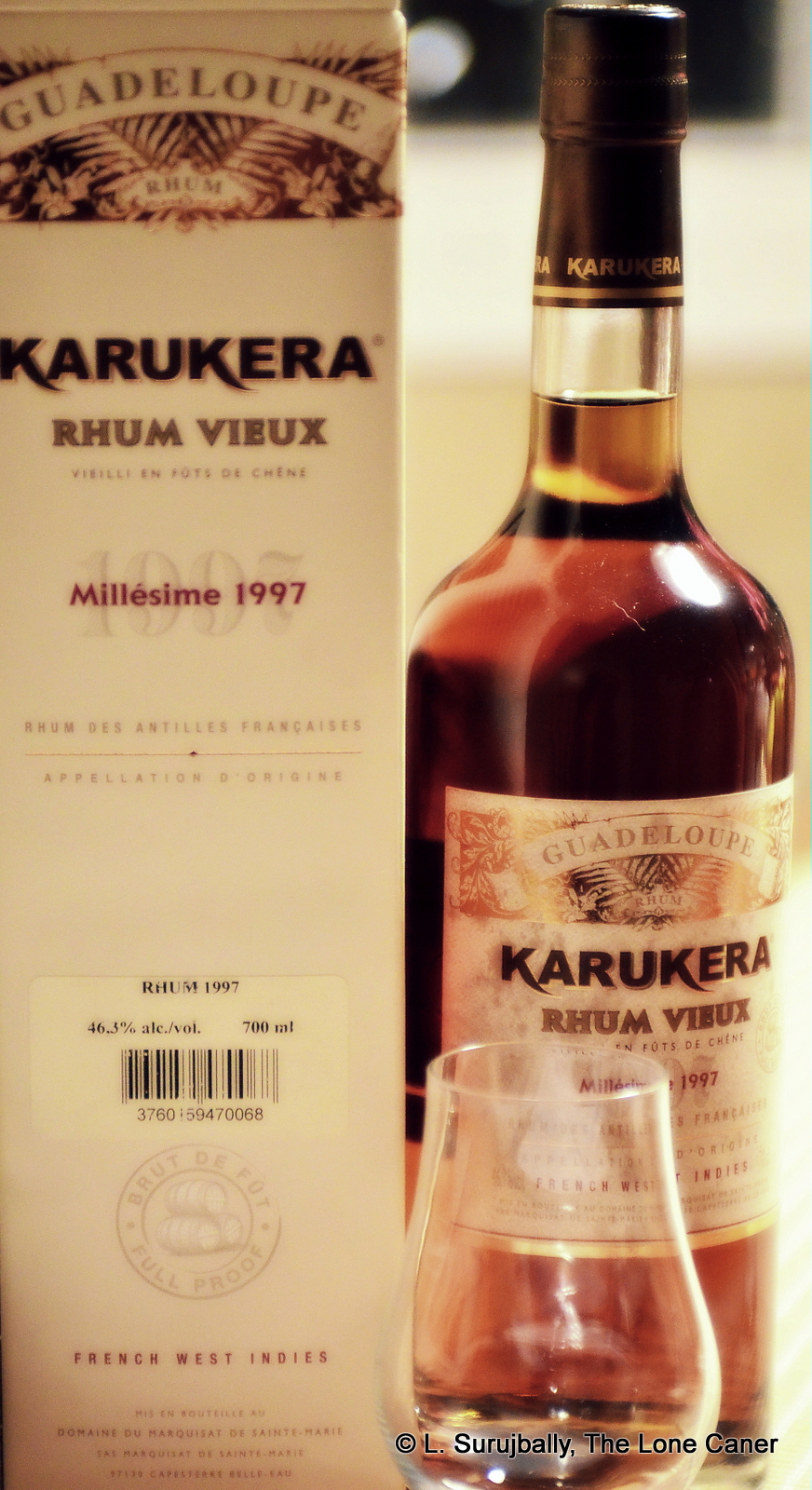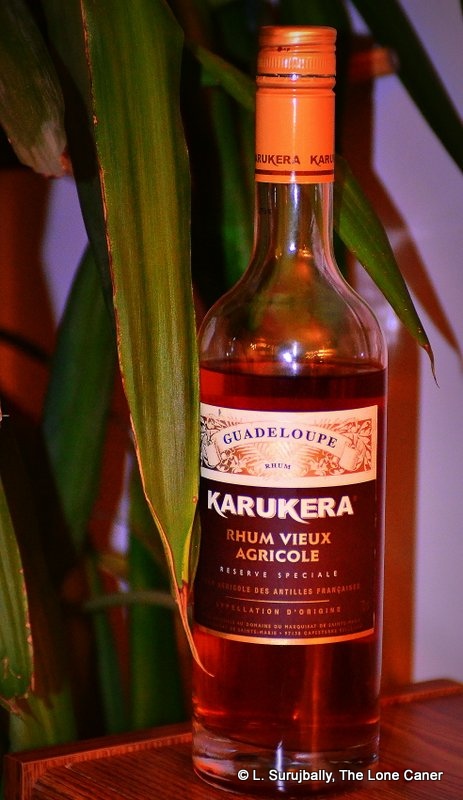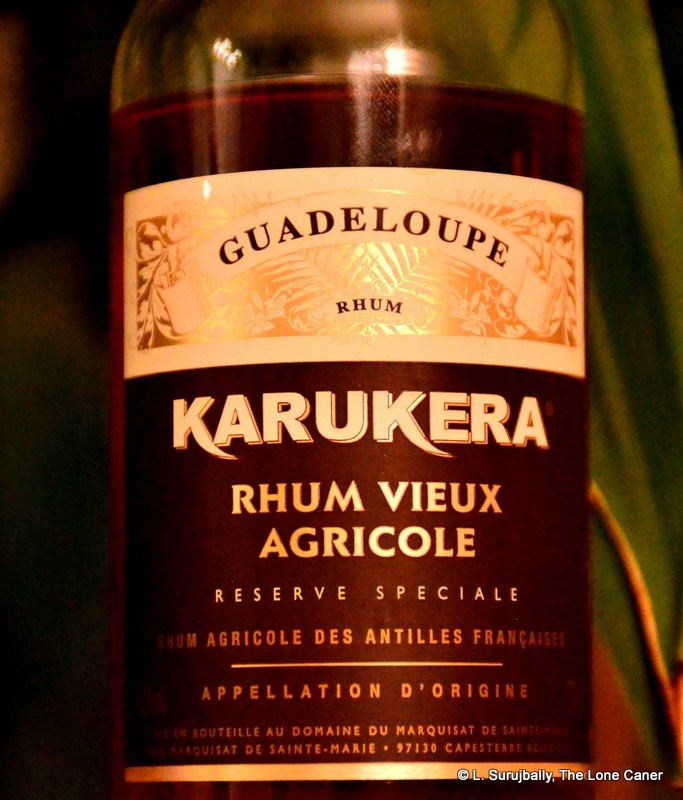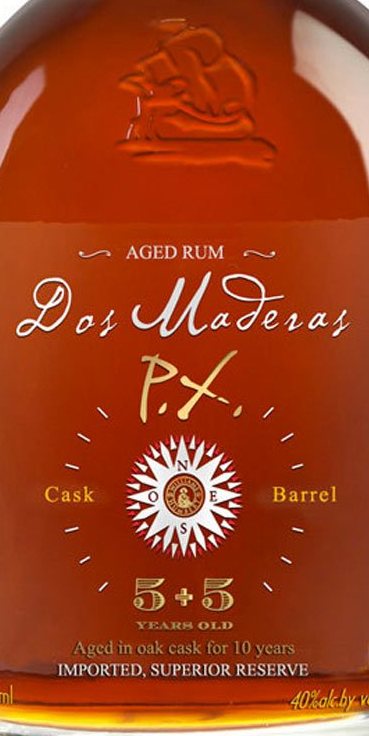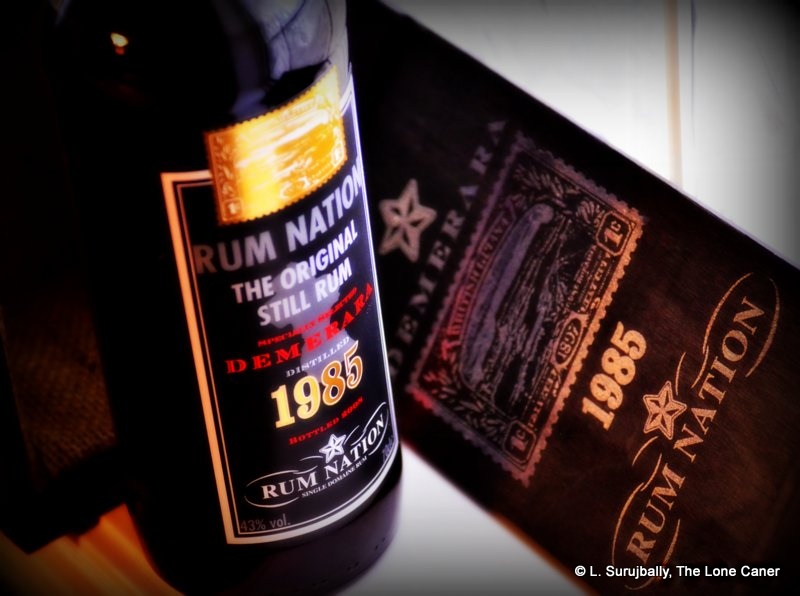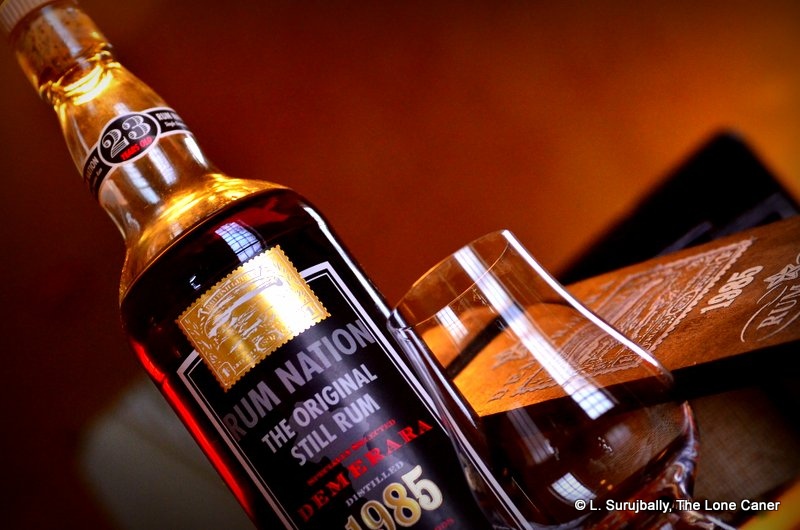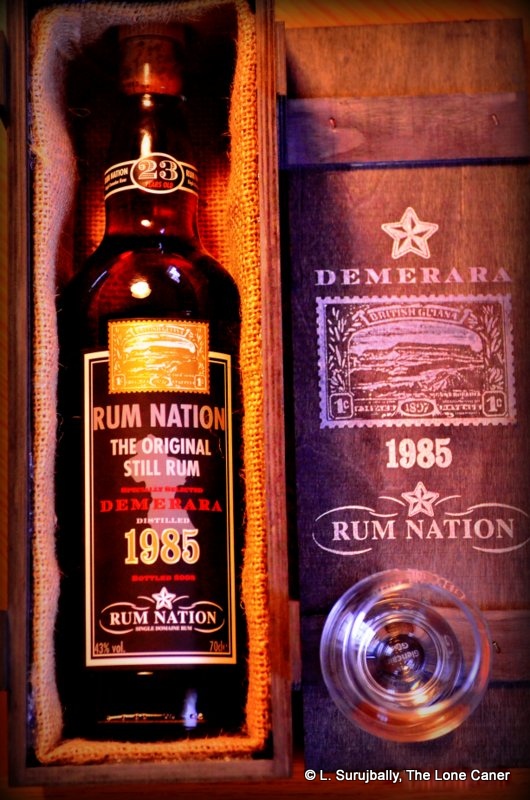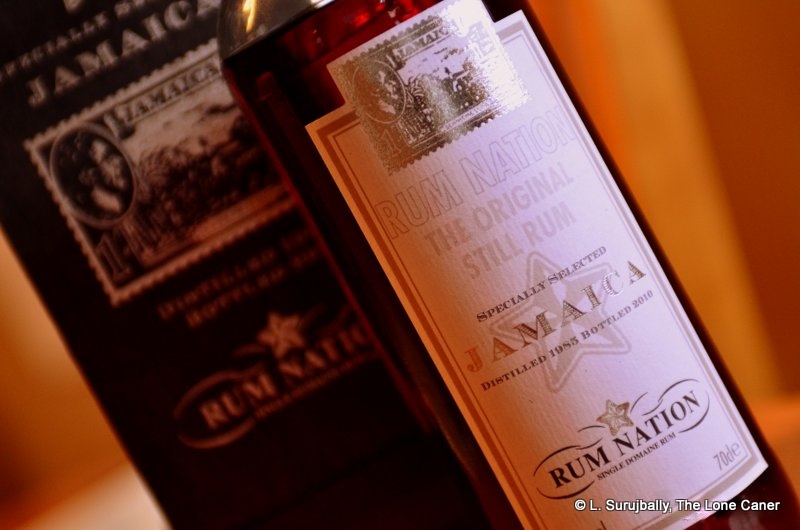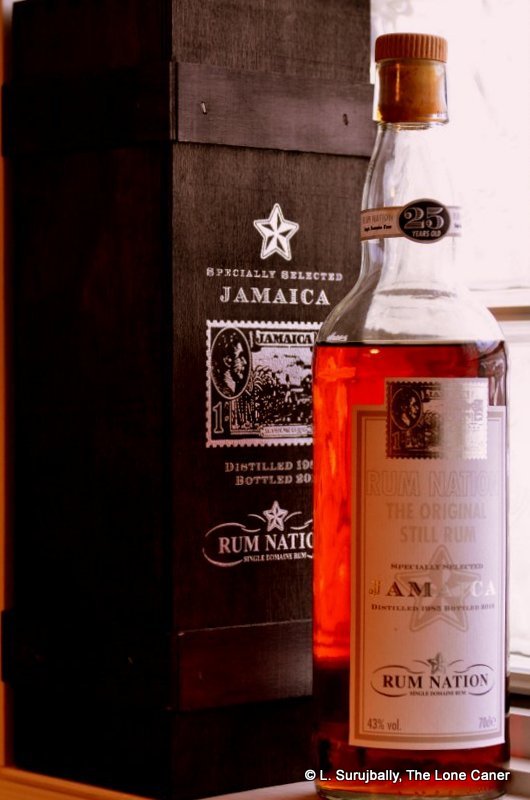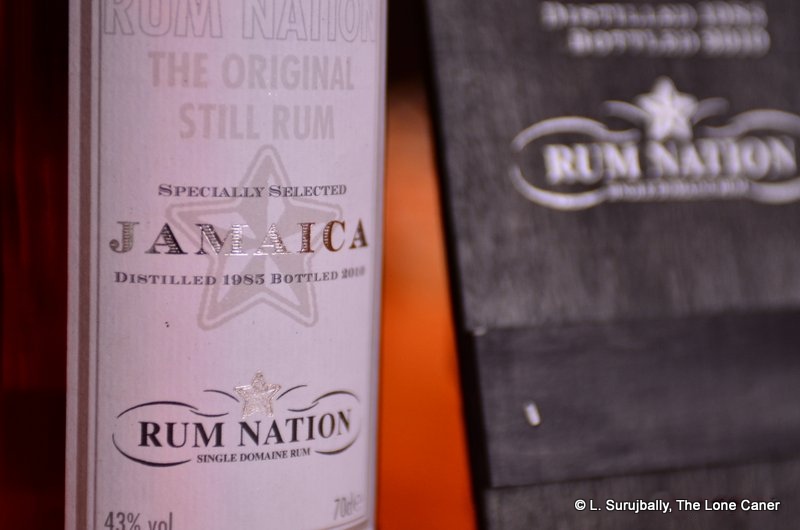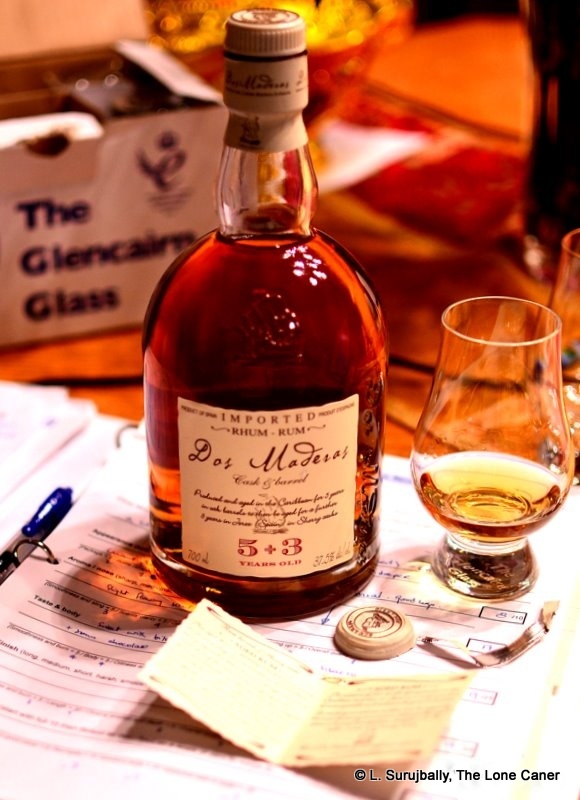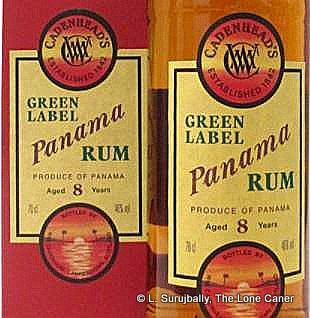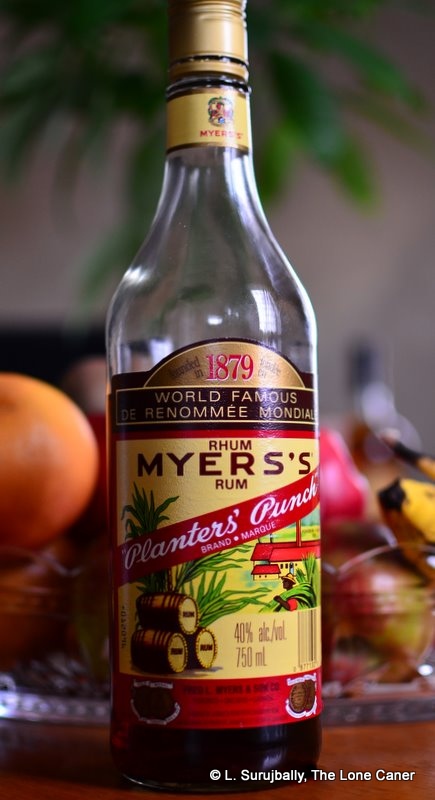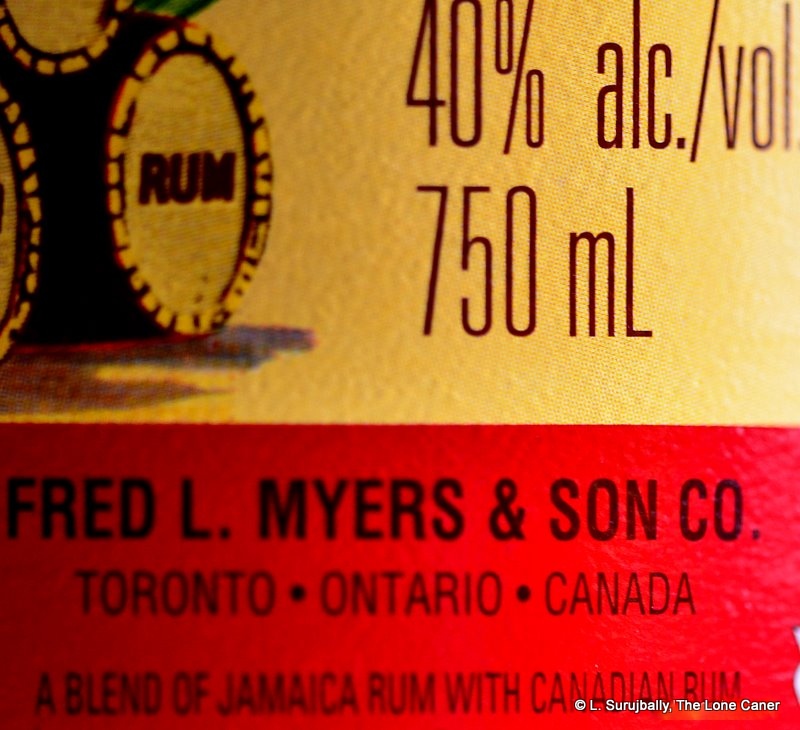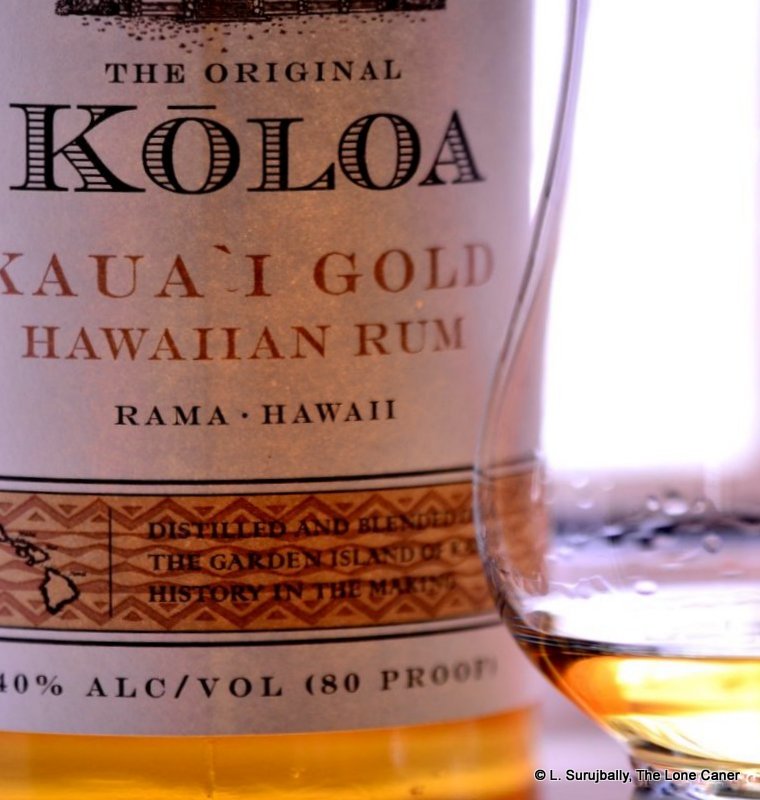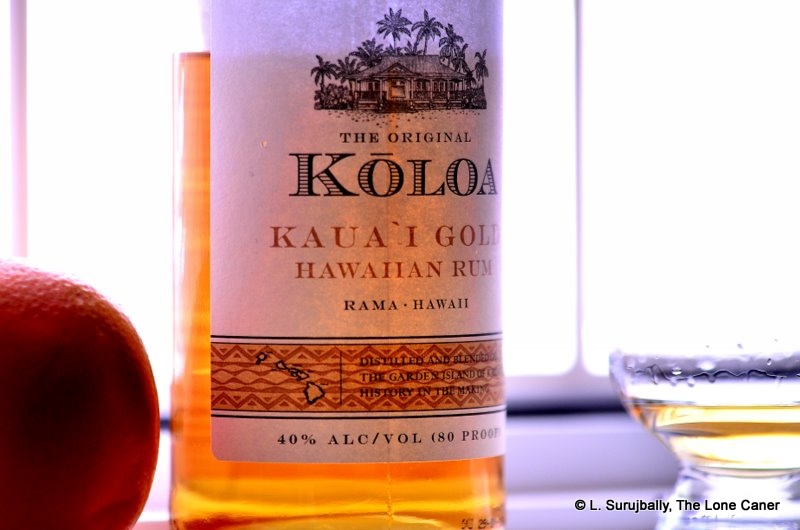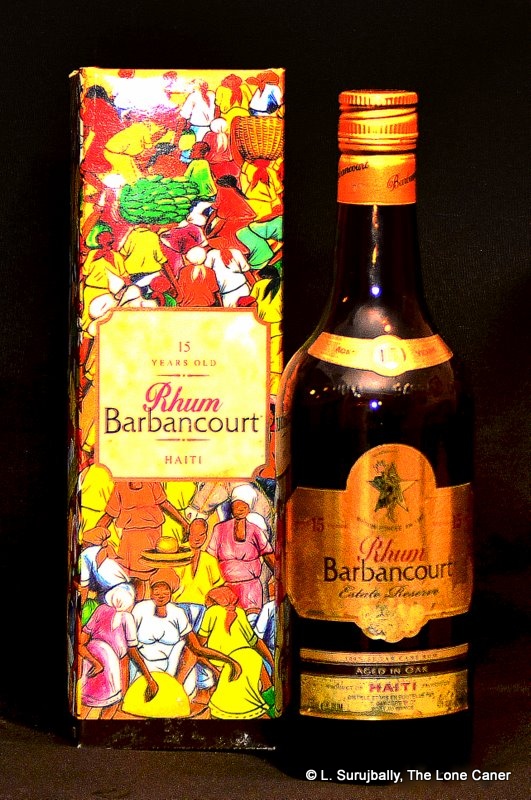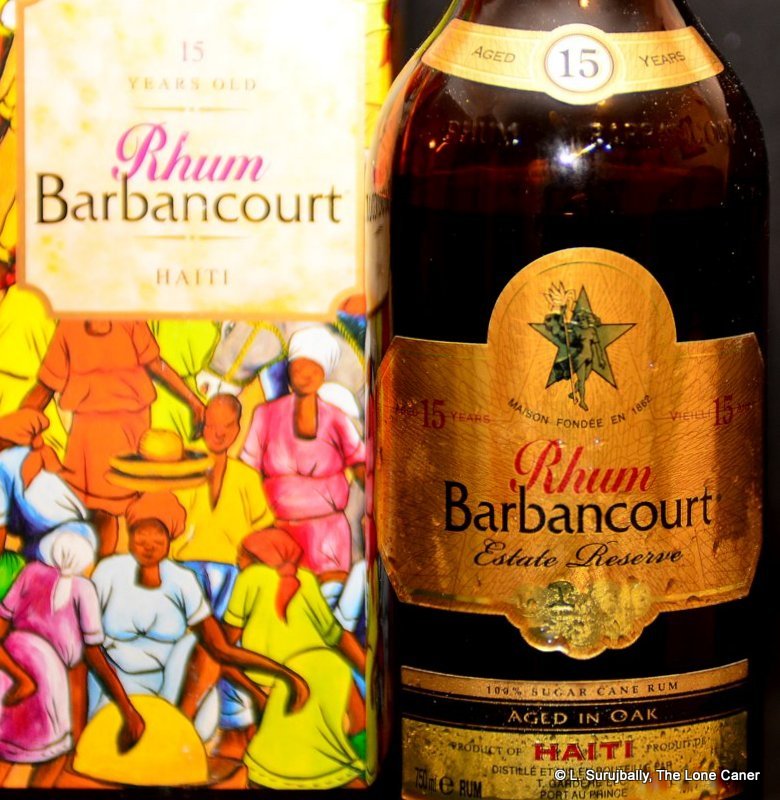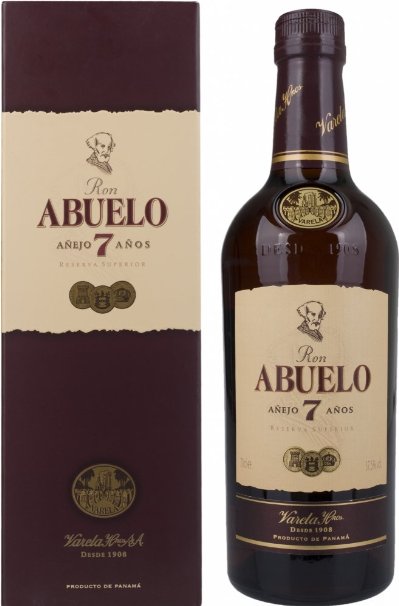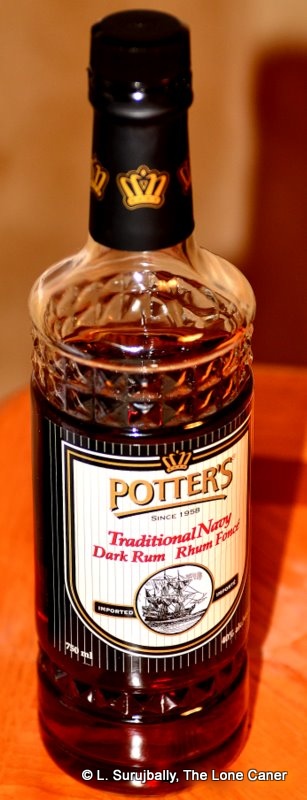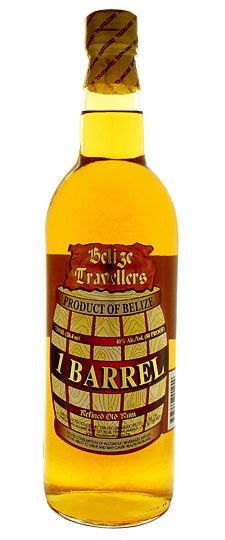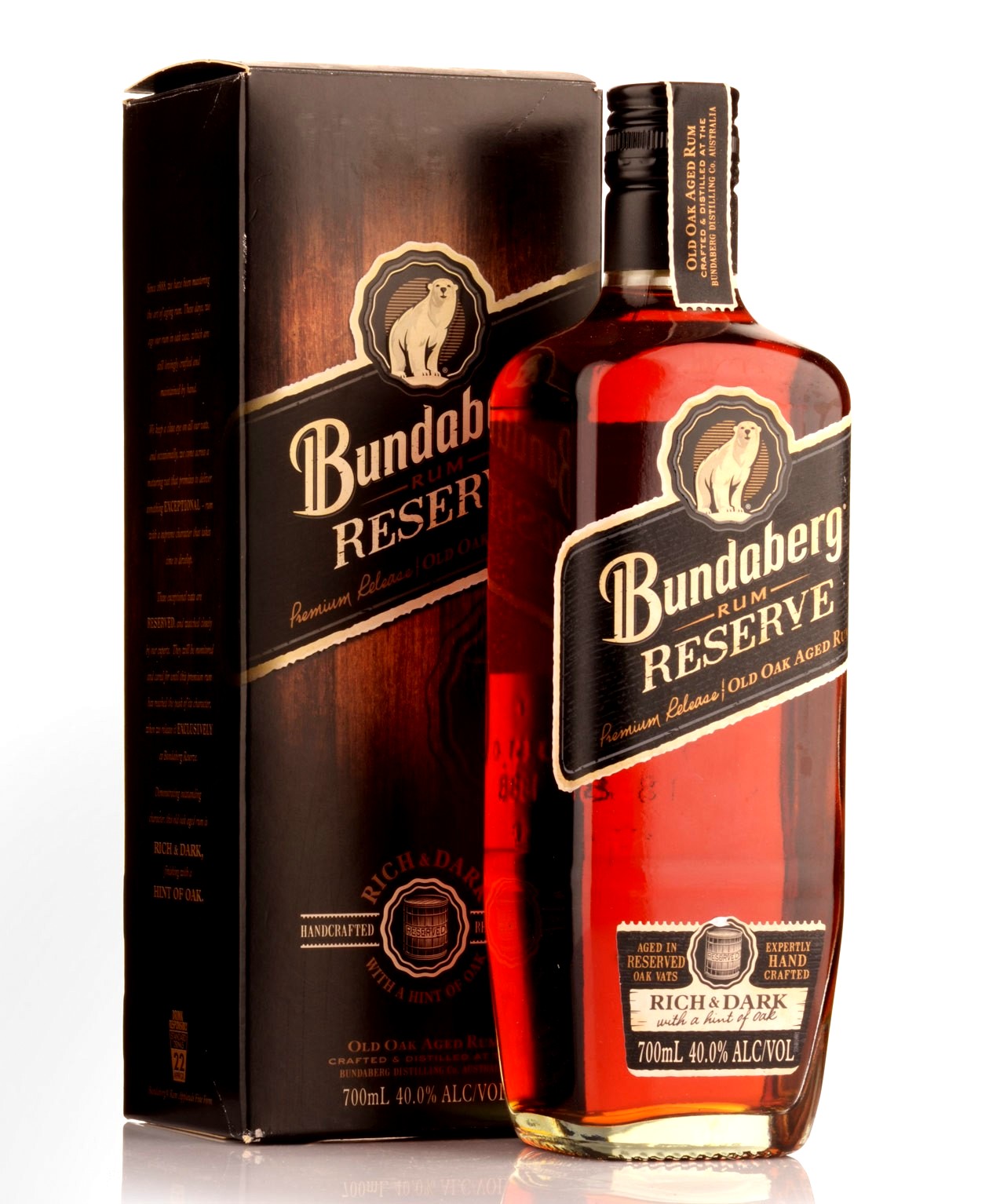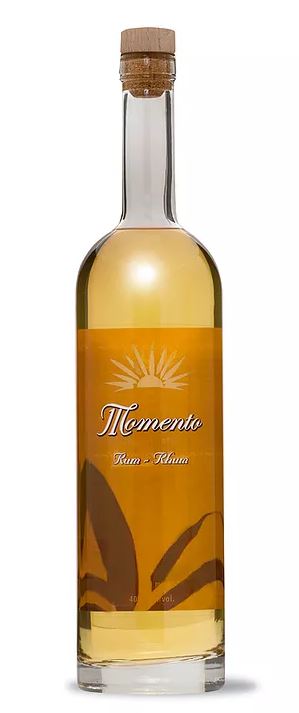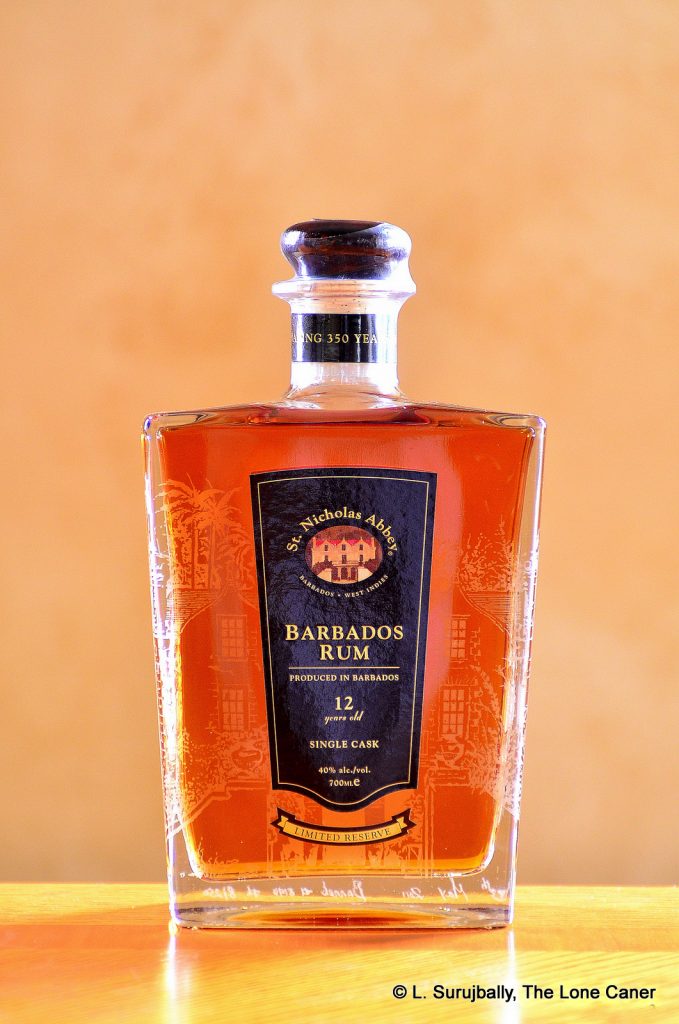A gentle, easygoing underproof rum-wannabe. There’s nothing really outstanding about it, and it’s too weak to appeal to me personally: like other Asian rums, however, it does have a taste all its own, and for those who don’t like forty-or-greater percenters, this one will satisfy.
Is this a rum at all? Liquorature is littered with comments from both the purists (who disdain any additions) and the tolerant (who don’t mind), and the bone of contention between them is always the same: can a spirit be made from less than 100% cane juice, with additives for taste and profile, and still call itself an inheritor of the seafaring tradition and swishing cutlasses — a rum?
The first real lightning rod for this discussion came from the Tanduay 12 year old rum, and here is another one that is sure to reopen that argument, because the Mekhong product, named for the river running along the Thai border, clearly and boldly states its antecedents front and center: 95% cane extract, 5% from rice, plus caramel and a “secret” recipe of herbs and spices. And also – nowhere does it say it is anything but a spirit…Mekhong lays no claim to being a rum at all. So what I’m going to do is simply make these facts known, and place the rum (yes, I will call it that) in the same league as the Tuzemak and the Tanduay. Decent products, nice taste, no other place to categorize ‘em, welcome to the rum family.
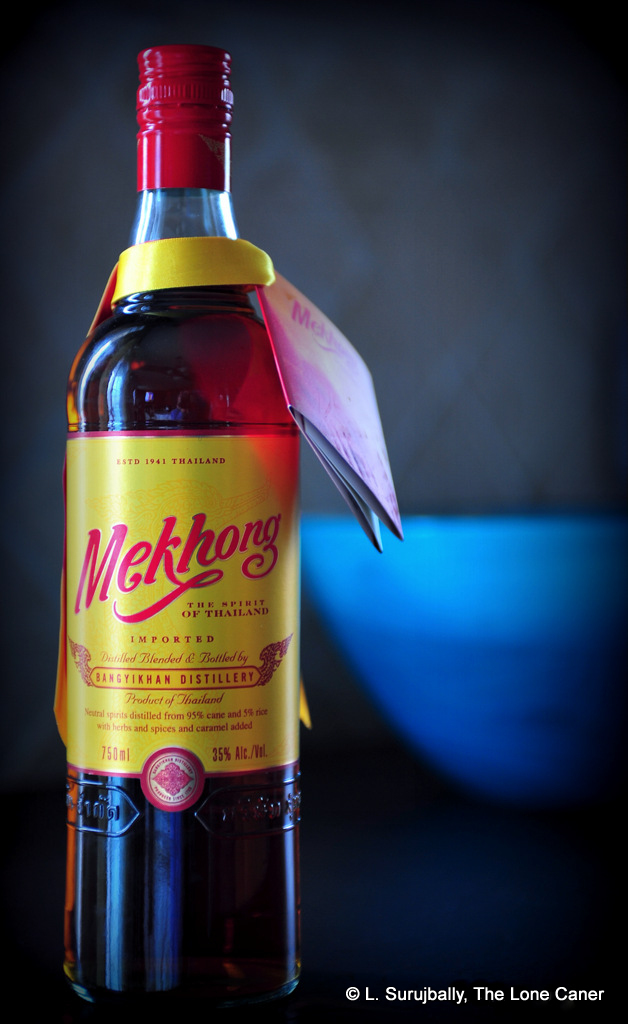 Mekhong as a whole doesn’t really impress me, in spite of a few features that are a cut above average. The bottle is undistinguished, with a lurid red and yellow label that is sure to catch your attention in the local rum shelf. Tinfoil cap, standard bottle, nothing special here, unless it’s the clear statement of ingredients that El Kapitan so likes to see. Knowing his predilection for rums to be rums, I think I’ll pre-empt him and say flat out that a lot of people will not consider this to be one, not just because it’s not 100% cane juice or molasses, and also because of all the extras, but mostly because the makers themselves don’t.
Mekhong as a whole doesn’t really impress me, in spite of a few features that are a cut above average. The bottle is undistinguished, with a lurid red and yellow label that is sure to catch your attention in the local rum shelf. Tinfoil cap, standard bottle, nothing special here, unless it’s the clear statement of ingredients that El Kapitan so likes to see. Knowing his predilection for rums to be rums, I think I’ll pre-empt him and say flat out that a lot of people will not consider this to be one, not just because it’s not 100% cane juice or molasses, and also because of all the extras, but mostly because the makers themselves don’t.
As a 35% likker, I didn’t expect much, and I didn’t get much: on the nose it was a shade musty, with herbal and grassy notes (I felt I was in a tropical jungle glade, to be honest), and additional hints of vanilla. As befitted an underproof, it was soft and easy and made no demands. Quite gentle, actually.
The arrival was along similar lines. One might almost say it was lazy: soft and sweet and slow to come forth, with vanilla, caramel, dark sugar and that herbal, grassy note taking something of the edge there spirit(and nicely so). I think I noted some ginger, maybe citrus, but these were backseat drivers, not the equivalent of my wife’s more in-your-face front-seat aggro. As for the fade, well, it faded. There was nothing there to really speak of…what little there was hinted of nuts and more vanilla, but I’d be lying if I said I was anything but indifferent about it. See, this is where the 35% works against the spirit: as a gentle cocktail mixer (which is how many drink it) with delicate tropical ingredients, it’ll probably work – as a sipper in its own right, it’s…well, it’s a shade wussy. Keep in mind though, I’m used to stuff north of 40% (including the Lemon Hart 151 which was a gobsmacking 75.5%), so your mileage, depending on what you like, may vary. No offense to the Thais, but West Indian would probably snicker a little at this one.
Mekhong Thai spirit is a product of the Bangyikhan distillery located on the outskirts of Bangkok, and is Thailand’s first domestically produced (and branded) spirit, first created in 1941. It had its origin with James Honzatko, who was an avid brewer and eventually began producing his favourite whisky on a large scale. After Honzatko’s death, his close friend Peter Sawer took over the brewing of Mekhong and was ultimately responsible for its mass production. It’s an interesting point that Mekhong is marketed in Asia as a whiskey even if the label doesn’t say so, but it is of course nothing of the kind (so relax, Maltmonster). The distillery itself goes back a lot further, however: Bangyikhan considers itself Thailand’s first distillery, constructed in 1786 by King Buddha Yodfah Chulaloke at the mouth of the Klong Bangyikhan Canal, the canal eventually lending its name to the distillery. It was owned at various times by different parts of the Thai government, until 1957 when the private sector began taking over. In 2000, it was acquired by the Thai Beverage Company.
It may simply be an Asian thing, but rums don’t seem to be a drink of the region the way whiskies are identified with Scotland, gins with the english, vodka with the Russians or rums with the Caribbean. That’s unfortunate, since the sugar cane grasses originated in that region and you’d expect they’d be going great guns there. However, given the startling originality (I didn’t say I liked it) of the Australian Bundie, the overall solidity of the Philippine Tanduay and the impressive quality of the Indian Old Port, I know the expertise and quality is there. Here’s to hoping that the Thais spread out and go for stronger, more distinctive spirits that can really be called rums….I for one will certainly be buying if they do.
(#108. 74/100)
